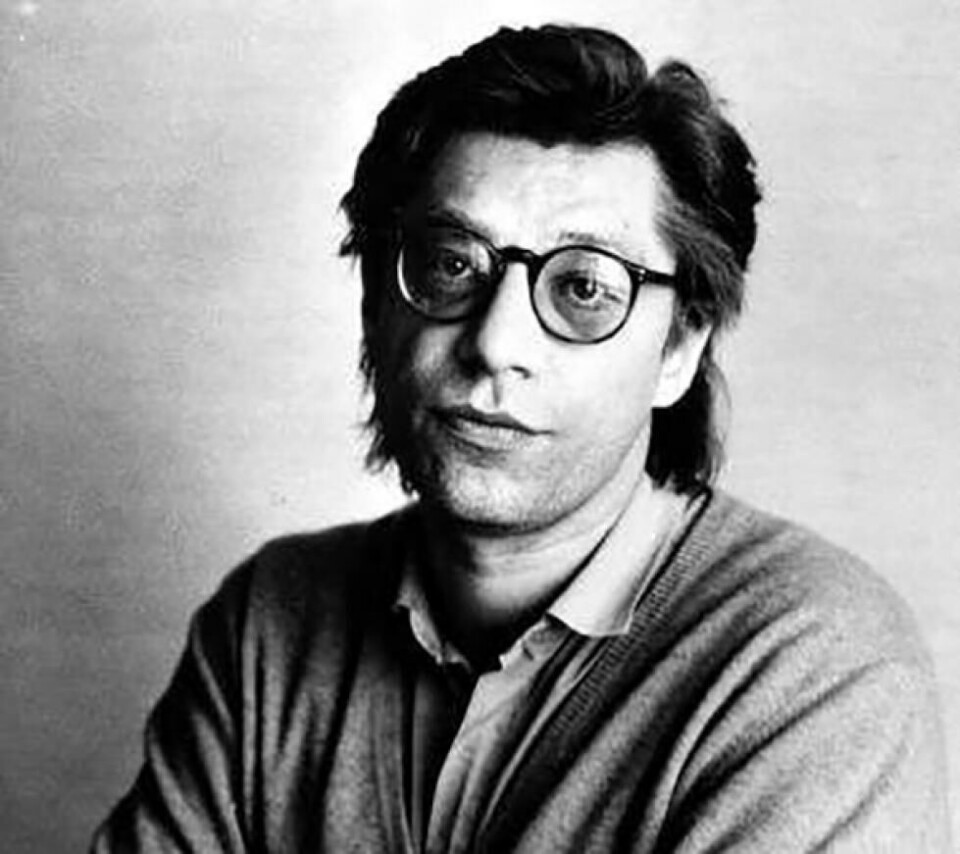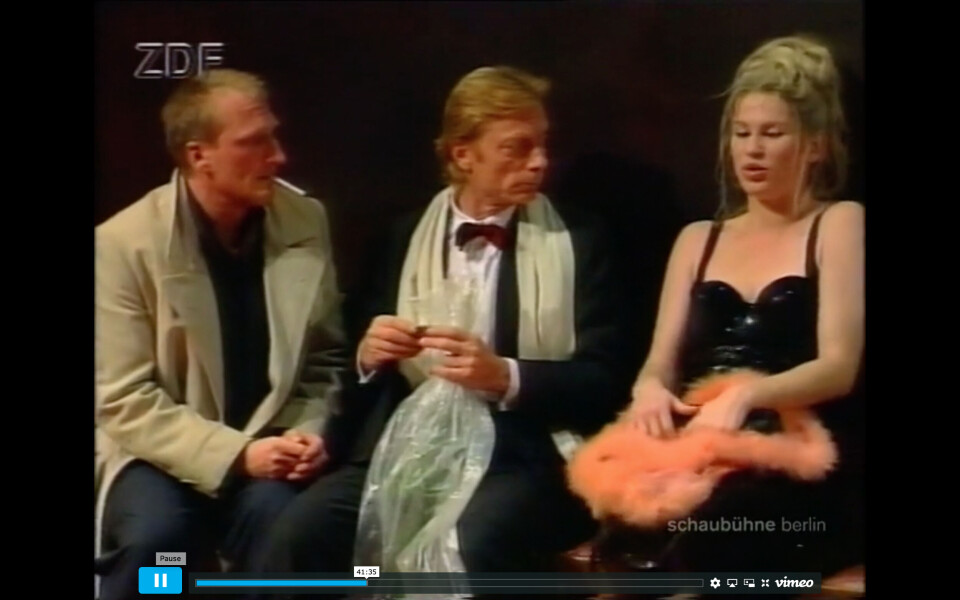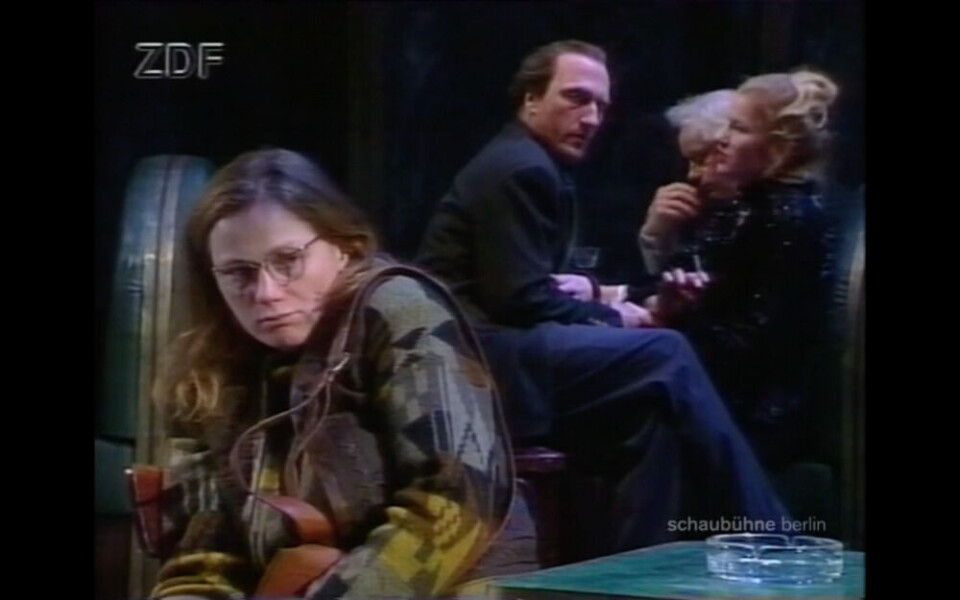
Botho Strauss' Schlusschor
An introduction to «Schlusschor», directed by Luc Bondy. and the first of three plays by Botho Strauss in the Schaubühne «replacement» series. «Schlusschor» can be considered as the most important post-unification play from a West-German perspective, writes our contributor Thomas Irmer.
Botho Strauss’ three-act play Schlusschor can be seen as the most important post-unification play from a West German perspective. Set in the last years of the old FRG and, with its third act, in that very night the Berlin wall falls, it shows a rich panoramic picture of mentalities on individual and national levels. At that point Strauss was well established as a playwright and prose-writer chronicling the developments of the West German mind during the 1970s and 1980s. So it was no surprise that he would go after the big picture during the historical events of 1989/1990.
The first act shows a group of 15 people during a group photo session on the issue of individualism versus collective or community. It seems impossible to unite these people for that one single moment to each one’s self-satisfaction and reassurance. In tone rather satiric with its wry remarks on self and individualism, the scene also explores the fragility of this group on the eve of historical changes and introduces the theme of watching and seeing the other person in a broader context.
The second act renders a contemporary scene with a mythological subtext, a literary technique typical of many plays by Strauss. During a house-warming party the architect Lorenz intrudes accidentally the bathroom of Delia, his lover but also the owner of the house and the commissioner of Lorenz’s design for it. Reminiscent of the myth of the bathing Diana watched by the hunter Aktaion, who is thereupon torn apart to death by his own hound-dogs, Lorenz kills himself in front of a huge mirror. The issue of gazing and watching is intensified in this scene that depicts a rather disturbed relationship between a man and a woman, loaded with some of the cultural critique on gender relations of that time.

The first two acts might be seen as Strauss’ mentality mapping preparing for the central third act, set in a West-Berlin restaurant on the evening of 9 November 1989. A number of characters seated on separate tables, they are having conversations or rather monologues about their respective individual issues. There is on one hand Anita von Schastorf speaking about her father who is remembered as a member of the elitist resistance against Hitler (but might have actually been complicit with the regime); while from another table Ursula philosophizes about her one-handed sailing around Patagonia – a grotesque picture of her feminist emancipation in a far away region of the world. Like in the other two acts before, an unnamed «Deutschland» caller enters the scene, now with news about the fall of the wall. He even introduces two East Germans who, quite intimidated, enter this restaurant world entirely unprepared for them. The issue of individualism and community must, however, be raised in a new, national context now. In a somewhat surrealistic epilogue, Anita meets a (German) eagle for a dialogue and, perhaps also, copulation – another mythological carpet for Strauss’, in this scene quite enigmatic, take on unification.

The Schaubühne production followed one year after Dieter Dorn’s Uraufführung at Münchner Kammerspiele with its over-stylized cold white design. Luc Bondy’s staging was far more lively and accurate to the play, exploring its characters with the superb ensemble of then Schaubühne. First of all, Otto Sander as the photographer and subsequently Lorenz made the center for the first two acts. Imogen Kogge’s Ursula performs masterfully the combination of social satire and the complaints of a real woman character coming out of this societal portrait in three acts. Erich Wonder’s not so glitzy restaurant must be thought of as being near the place where Schaubühne is located at Lehniner Platz in Berlin’s Wilmersdorf district – a perfect setting for what began then as the great change, also for the vanishing Cold War West Berlin and the larger structure of what is now commonly called the old Bundesrepublik. (Published 03.24.2020)









